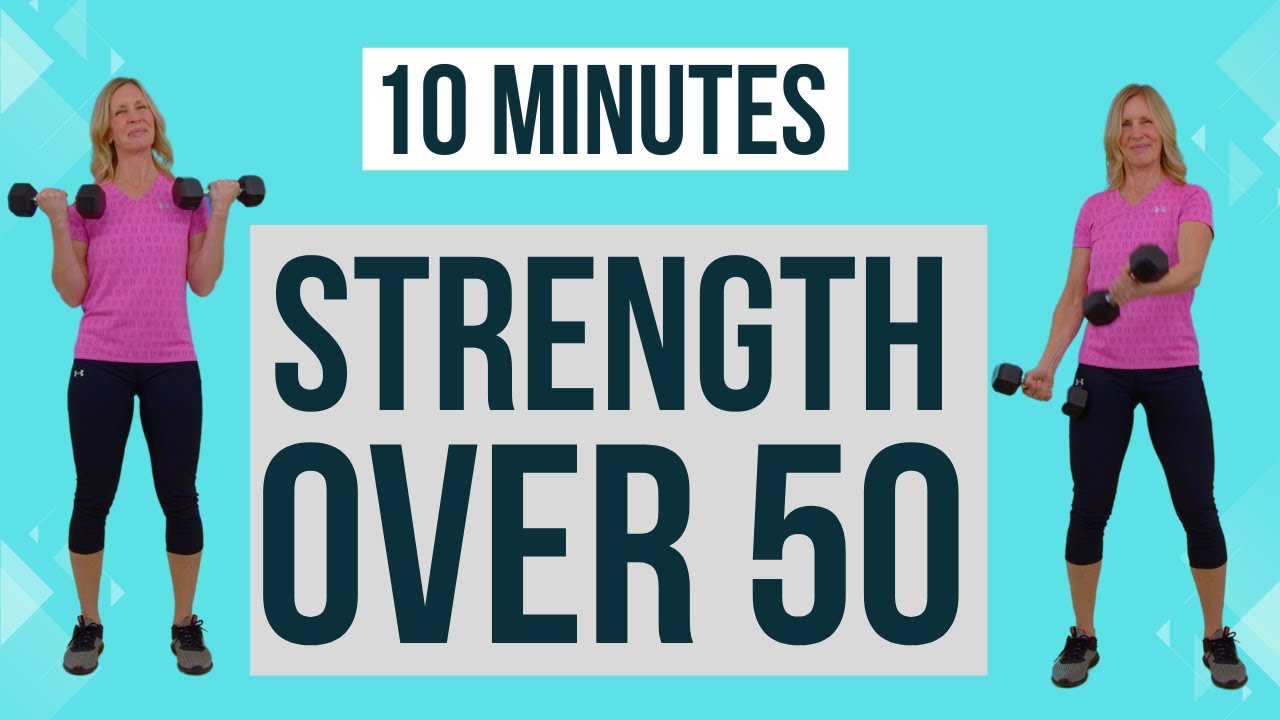Building Muscle After 40: What Actually Works

Building Muscle After 40: What Actually Works
Let's destroy a myth right now: you are not "too old" to build muscle.
Yes, building muscle after 40 is different than at 20. But "different" doesn't mean "impossible." With the right approach, you can build significant strength and muscle at any age.
What Changes After 40?
Let's be honest about the physiological realities:
Hormonal Shifts: Testosterone (in both men and women) declines. Growth hormone production decreases.
Muscle Loss: Without resistance training, adults lose 3-8% of muscle mass per decade after 30 (a process called sarcopenia).
Recovery Time: You may need more rest between intense sessions.
Injury Risk: Tendons and joints may need more attention and warm-up time.
But here's the good news: resistance training dramatically slows—and often reverses—these age-related changes.
The Research is Clear
A groundbreaking 2021 study in *Frontiers in Physiology* compared muscle growth in adults aged 18-39 versus those 40-72. The result? Both groups experienced similar muscle growth when training volume and intensity were matched.
Translation: Your muscles respond to training at 45 the same way they did at 25—if you train them properly.
The 5 Non-Negotiables for Muscle After 40
1. Prioritize Strength Training
Cardio is fine for heart health, but if you want to build or maintain muscle, strength training must be your priority.
Aim for:
2. Master Recovery
Your 25-year-old self could train six days straight on 5 hours of sleep. Your 45-year-old self cannot.
Recovery includes:
3. Increase Protein Intake
Adults over 40 need more protein to build and maintain muscle than younger adults. Research suggests 1.2-1.6g per kilogram of body weight (roughly 0.55-0.75g per pound).
A 160-pound person should aim for 90-120g of protein daily. Use our [free protein calculator](/tools) to find your personalized target.
Practical example:
4. Warm Up Like You Mean It
Your tissues need more time to prepare. Spend 10 minutes on:
This isn't optional—it prevents injury and improves performance.
5. Focus on Form, Not Ego
Lifting heavy is important for muscle growth, but lifting heavy with bad form is a fast track to injury.
Ego lifting is for 22-year-olds trying to impress people. You're here to build sustainable strength. Check your form, use controlled tempos, and progress intelligently.
Training Template for Adults Over 40
Day 1 - Lower Body Focus
Day 2 - Upper Body Push/Pull
Day 3 - Total Body
Rest 1-2 days between sessions. Add a fourth day if recovery supports it.
The Mental Game
Building muscle after 40 isn't just physical—it's mental. You're fighting against cultural narratives that say you should "slow down" and "act your age."
Ignore that noise.
You're not training to relive your 20s. You're training to thrive in your 40s, 50s, 60s, and beyond.
Strength training after 40 means:
Your Advantage
Here's what you have now that you didn't at 25:
- Discipline: You show up even when you don't feel like it
- Patience: You understand consistency beats intensity
- Perspective: You're not chasing short-term aesthetics; you're building long-term health
Use these advantages. Train smart. Recover hard. Stay consistent.
You're not too old. You're just getting started.
Want Personalized Guidance?
Get a custom fitness and nutrition plan designed specifically for your goals and lifestyle
